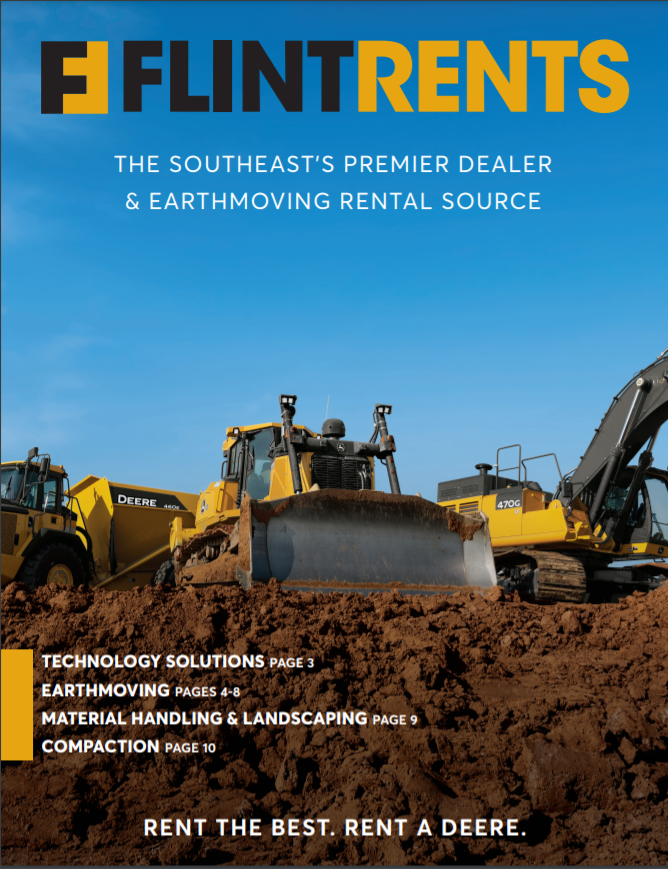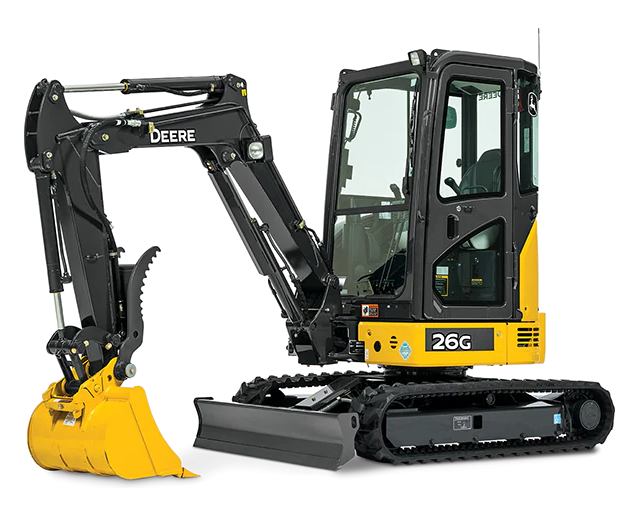Equipment Rental Company: Your Resource for All Sorts Of Equipment
Equipment Rental Company: Your Resource for All Sorts Of Equipment
Blog Article
Maximize Your Spending Plan by Recognizing the Prices Related To Building Equipment Rentals
Recognizing the full range of costs connected with building and construction devices services is important for optimizing your budget plan. What strategies can be utilized to effectively handle these prices and guarantee an extra efficient rental experience?
Overview of Rental Prices
When considering building and construction tools services, recognizing the associated expenses is extremely important for effective budgeting and project planning. Rental costs can vary considerably based upon numerous aspects, consisting of tools type, period of rental, and place. The first rental fee often shows the tools's market demand and its connected functional abilities, affecting the overall cost.
Along with the base rental rate, secondary costs might occur, such as transport fees, fuel additional charges, and maintenance fees. It is vital to account for these added expenses to precisely analyze the total cost of leasing tools. The rental period can impact pricing; longer leasings might qualify for reduced prices, while temporary services could sustain greater day-to-day costs.

Breakdown of Rental Prices
A detailed understanding of rental rates is important for contractors and task supervisors aiming to maximize their budget plans. Rental rates for building and construction devices generally are composed of a number of components, consisting of base rates, time-based costs, and usage costs.
Base rates are the core costs connected with the rental of the devices, typically determined by the kind and size of the equipment. These rates can differ substantially, influenced by aspects such as equipment need, availability, and local market trends. Time-based fees, which might be daily, weekly, or monthly, serve to suit different job timelines and rental periods.
Additionally, rental prices may include use charges, which are applicable when tools is utilized beyond a specified limit, making sure that the rental firm can make up damage. Seasonal demand changes can additionally influence rental rates, with peak building periods typically commanding higher costs.
In addition, understanding the rental business's policies relating to upkeep and insurance policy can provide further insight into the overall cost framework. By examining these parts, contractors can make informed decisions, guaranteeing the choice of rental devices lines up with both job requirements and budget plan restrictions.
Additional Costs to Think About
Comprehending the intricacies of added costs is crucial for service providers to handle their overall service costs efficiently. Past the common rental rates, numerous auxiliary fees can significantly influence the complete expense of equipment leasing. These costs often consist of delivery review and pick-up charges, which can vary based upon distance and logistics associated with delivering the equipment to and from the task site.
Additionally, some rental companies may enforce fuel surcharges if the devices is returned with much less fuel than when leased. It is also vital to understand possible cleansing charges, especially for customized equipment that needs thorough maintenance after usage.

Extensively assessing the rental arrangement and clarifying these additional fees upfront can help professionals guarantee and avoid unexpected costs that spending plans continue to be undamaged throughout the job lifecycle.
Upkeep and Repair Work Expenses
Regular repair and maintenance expenditures are commonly ignored aspects that can substantially influence the overall price of building and construction tools leasings. When renting tools, it is critical to take into consideration not only the rental fees but also the possible expenses connected with maintaining the equipment in optimal operating problem.
Lots of rental companies consist of basic maintenance as component of the rental contract; however, extra extensive fixings or unanticipated malfunctions can cause additional costs. It's important to review the rental agreement carefully to comprehend what maintenance services are covered and what duties fall on the tenant.
Furthermore, tools that is not well-maintained can cause inefficiencies on the work site, potentially increasing and triggering hold-ups project prices. To mitigate these dangers, it is a good idea to conduct routine inspections and preserve open interaction with the rental supplier regarding any kind of issues that develop throughout use.
Insurance Coverage and Responsibility Costs
Insurance coverage and responsibility costs used excavators for sale by owner are vital elements that can significantly impact the general cost of building and construction tools rentals (boom lift rental). These costs guarantee that both the rental business and the customer are shielded from possible economic losses arising from accidents, damage, or burglary throughout the rental duration

In addition, clients need to understand any deductibles or exclusions in the insurance coverage policy, as these can influence prospective out-of-pocket expenditures. Comprehending the terms and conditions of any type of insurance coverage is essential to prevent unanticipated costs. Eventually, budgeting for insurance policy and obligation expenditures can help make sure a smoother rental experience and protect against economic risks connected with building and construction projects.
Final Thought
Finally, an extensive understanding of the prices connected with building and construction equipment leasings is essential for efficient spending plan management. By evaluating rental rates, added costs, maintenance expenses, and insurance coverage demands, companies and people can decrease unexpected expenditures. This tactical method not only enhances cost-effectiveness however additionally ensures that projects proceed efficiently and efficiently. Eventually, educated decision-making regarding equipment services adds to the total success of building and construction ventures.
Rental expenses can vary significantly based on numerous aspects, including tools type, period of leasing, and area (dozer rental). The rental duration can affect pricing; longer leasings may qualify for affordable rates, while temporary leasings could incur greater daily fees
By conducting detailed research study and involving with respectable rental companies, specialists can effectively browse the intricacies of rental pricing, eventually optimizing their monetary sources.
Past the conventional rental prices, various extra charges can substantially influence the total expense of tools service. Rental companies usually provide liability insurance coverage that covers injuries to 3rd events or damage to residential property, while tools damages insurance can cover the expense of repair services or substitute if the rented out tools is harmed.
Report this page